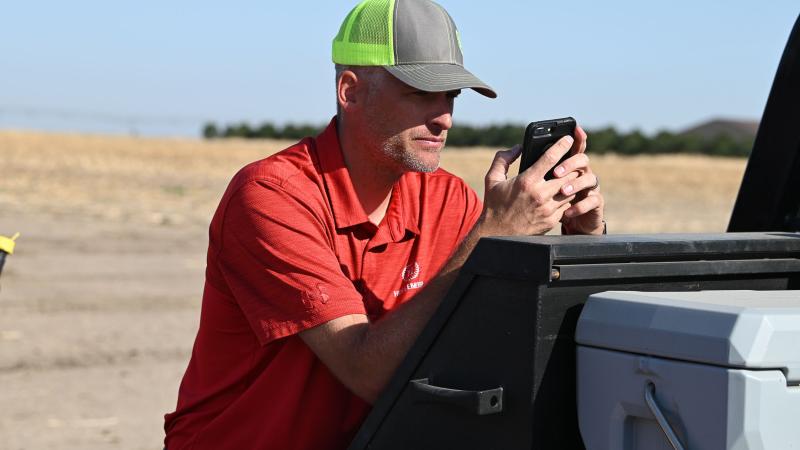Variable Rate Planting (VRS) of Soybeans - What do you need to consider?
Variable rate seeding (VRS) of soybeans has been played around with for many years, but it is more complex than corn VRS. It seems like the things you need to do for soybeans are quite opposite of corn, which makes sense because the plants grow so differently during the season.
First, let’s look at the differences in how yield is determined on both corn and soybeans.
Corn = Relatively straightforward
- One ear
- Kernels per ear
- Population
Soybeans:
- Need to have nodes to create podding sights
- Number of nodes is determined by the environment
- Fertility
- Soil that has poor drainage
- Soil with high pH
- Diseases
- Number of pods per note is determined by
- Fertility
- Insects and disease
- Planting date
- Population
Planting date has been an interesting conversation over the last two to three years - they have been pushed earlier and earlier. The question that remains is: how early is early and how does it affect plant development?
A rule of thumb that I use is - the later you plant the higher the population. Here in the North Region, I use May 1st as my starting date. The later you plant the less nodes per plant, so you need to increase populations to increase nodes per acre. The question I cannot answer is - do you increase populations the earlier you go into April if soil conditions are cold?
As you can see, soybeans are an amazing plant and can be quite complex in the way they produce yield. If you have all good agronomic practices in place such as fertility, product placement, disease management and weed control, THEN it is time to start bringing in VRS soybeans. Start by trying VRS soybean planting on a couple of different fields that have far different characteristics. Make sure to use learning blocks next to the VRS so you have a comparison and learn. And, as always, if you have questions, contact your local Hoegemeyer dealer or agronomist.


